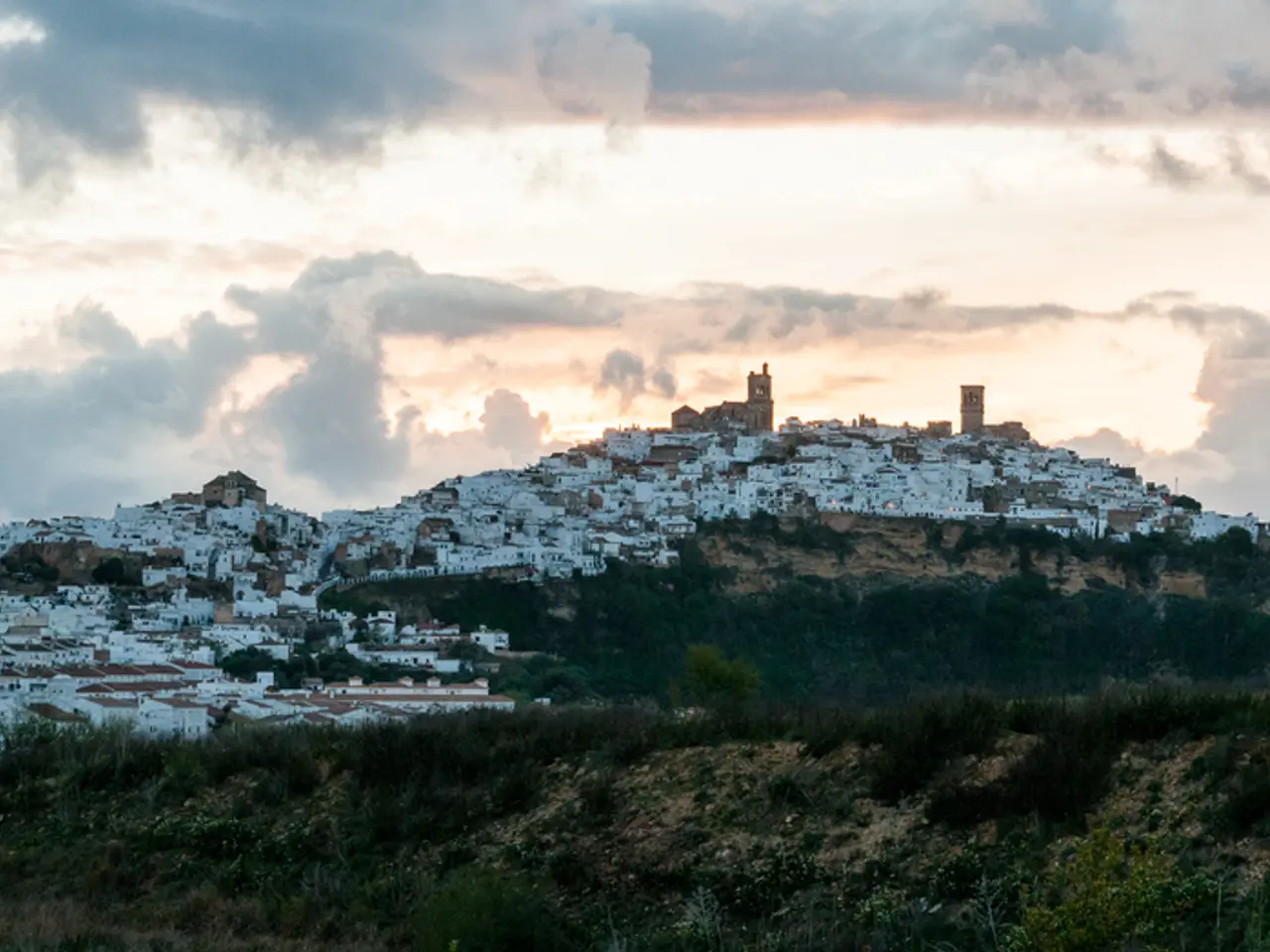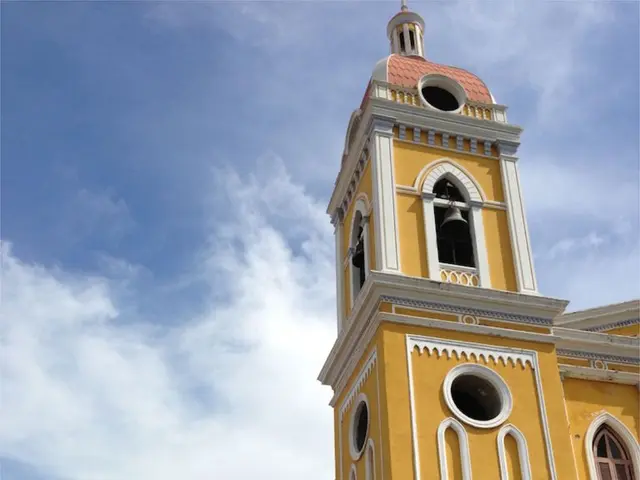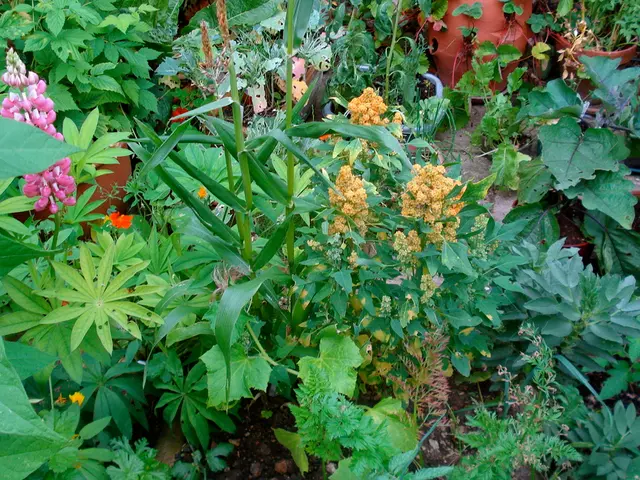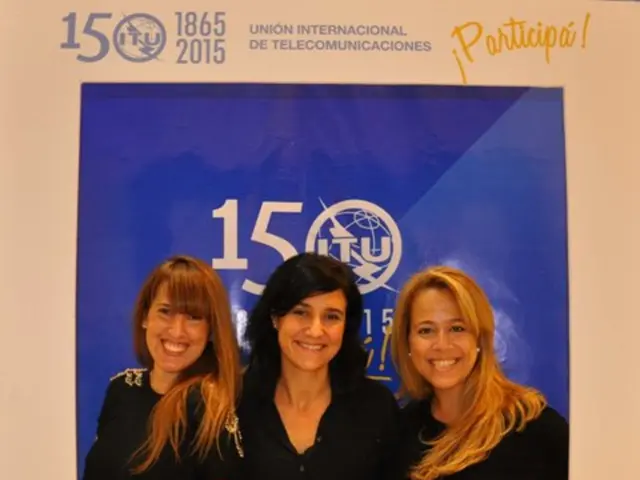Pattaya at a Juncture: Transforming Cityscape from Tourism Hub to Habitable Urban Center
In the bustling city of Pattaya, known for its vibrant tourism scene, a shift is underway. The city is aiming to transition beyond tourism towards a more livable city for both residents and visitors [1].
This transformation is driven by coordinated urban planning, infrastructure development, and a focus on placemaking that benefits the community. Key steps include developing public spaces that improve walkability and mobility, integrating green areas, and managing urban expansion across municipal boundaries to avoid congestion and inequality in services [1].
One example of this transformation can be seen during the annual Pattaya Marathon, where the city temporarily transforms into a walkable, inclusive city [6].
Infrastructure upgrades are a crucial part of this transition. Initiatives include organizing overhead utility cables to improve safety and aesthetics, creating a cleaner and more orderly environment appealing to residents and tourists alike [2]. Building efficient public transport systems, notably the planned network of four monorails connecting key areas and transport hubs, will reduce traffic congestion and improve accessibility [5].
Pattaya's positioning within the Eastern Economic Corridor (EEC) supports its livability goals by combining economic growth with sustainability measures. This includes eco-friendly infrastructure like EV charging stations, coastal preservation, and smart traffic systems, fostering an environment attractive for both international families and businesses [4].
Aligning with broader strategies like Thailand Tourism Authority’s "Value over Volume" approach, Pattaya aims to attract diverse visitor segments focusing on culture, wellness, and immersive experiences, thus balancing mass tourism with peaceful, quality-focused tourism that also enriches local quality of life [3].
However, Pattaya's recovery is partly due to the MICE industry and domestic events, but long-term economic stability is not guaranteed due to competition from other destinations. A thriving city is not just one that attracts international tourists; it's one where people choose to stay, build their lives, and grow together in Pattaya [7].
The pandemic has highlighted the dangers of relying too heavily on international tourists, as arrivals fell to fewer than three million in 2021. Placemaking can help Pattaya capitalize on its natural strengths by developing public spaces that benefit both residents and tourists [8].
Pattaya attracts a large number of visitors, with 14.6 million in 2019 and ranking among the world's top travel destinations. By focusing on placemaking and sustainable growth strategies, Pattaya can ensure its continued success as a thriving city for all [9].
Dr Nij Tontisirin, an associate professor in urban planning at the Faculty of Architecture and Planning, Thammasat University, and the Editor-in-Chief of the Journal of Architectural/Planning Research and Studies (JARS), emphasizes the importance of these initiatives. Key areas around Central and North Pattaya serve as vital lifelines for the community, providing essential services beyond commercial spaces [10].
Locals, entrepreneurs, and tourists consistently interact in these key areas, including shopping malls, hospitals, and government offices. Enhancing walkability, expanding mobility options within the city, and incorporating green spaces are crucial elements for improving livability and building resilience in Pattaya [11].
As Pattaya moves forward with its transformation, it is clear that a balanced approach, focusing on the needs of both residents and visitors, is key to ensuring the city's continued success and growth.
[1] Without coordination across municipal boundaries, Pattaya's expansion may lead to traffic congestion, land speculation, and unequal access to services. [2] These key areas around Central and North Pattaya serve as vital lifelines for the community, providing essential services beyond commercial spaces. [3] Pattaya is at a crossroads, aiming to transition beyond tourism towards a more livable city. [4] Pattaya temporarily transforms into a walkable, inclusive city during the Pattaya Marathon. [5] Enhancing walkability, expanding mobility options within the city, and incorporating green spaces are crucial elements for improving livability and building resilience in Pattaya. [6] The Pattaya Marathon offers glimpses of what is possible: a city shaped by people, not just profits. [7] A thriving city is not just one that attracts international tourists; it's one where people choose to stay, build their lives, and grow together in Pattaya. [8] Placemaking can help Pattaya capitalize on its natural strengths by developing public spaces that benefit both residents and tourists. [9] Pattaya attracts a large number of visitors, with 14.6 million in 2019 and ranking among the world's top travel destinations. [10] Locals, entrepreneurs, and tourists consistently interact in key areas around Central and North Pattaya, including shopping malls, hospitals, and government offices. [11] Pattaya's recovery is partly due to the MICE industry and domestic events, but long-term economic stability is not guaranteed due to competition from other destinations.
- The shift in Pattaya away from tourism toward creating a more livable city involves coordinated urban planning and infrastructure development, with an emphasis on placemaking for the benefit of the community.
- Infrastructure upgrades, such as organizing overhead utility cables to improve safety and aesthetics, are a vital part of Pattaya's transformation, making the city more appealing to both residents and tourists.
- Building efficient public transport systems like the planned network of four monorails will reduce traffic congestion, improve accessibility, and support a more livable lifestyle in Pattaya.
- Integrating sporting events like the annual Pattaya Marathon into the city's plans demonstrates Pattaya's commitment to becoming a more walkable, inclusive city, which aligns with its aim to attract diverse visitor segments.
- By adopting sustainable growth strategies and focusing on placemaking, Pattaya can capitalize on its natural strengths while enriching local quality of life, making it a viable and attractive home-and-garden destination for both international families and businesses.






